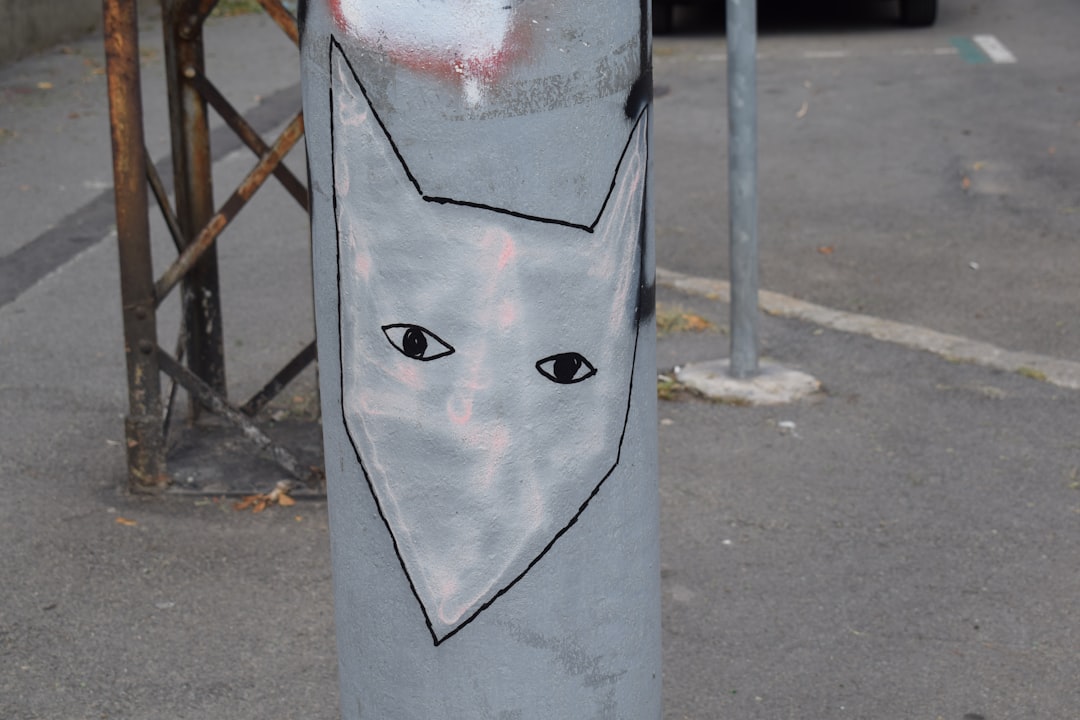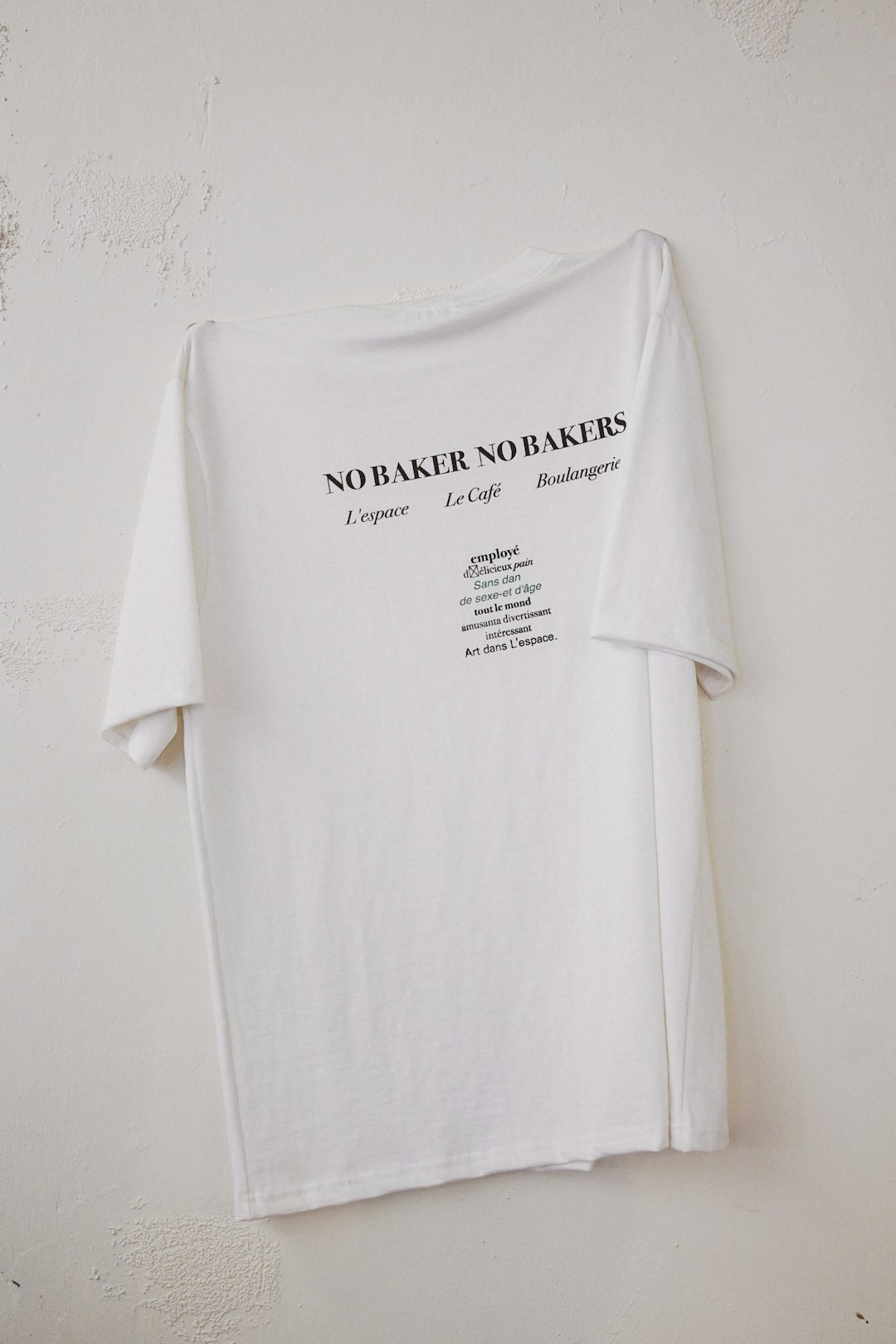Can I Use My Dreamina Creations for Sale? Full Guide

With the rise in AI-generated art, many creators are turning to platforms like Dreamina to explore their artistic side. But a common question from users is whether they can use their Dreamina creations for commercial purposes. Understanding licensing policies, ownership rights, and legal considerations is essential before selling AI-generated art. This comprehensive guide delves into what creators need to know if they want to use their Dreamina artwork for sale.
TLDR: Too Long, Didn’t Read
You can potentially use your Dreamina creations for sale, but it depends on the platform’s specific licensing and commercial permissions. Always review Dreamina’s current Terms of Use to confirm your rights. In most cases, you own the copyright to AI-generated images, but third-party content, trademarks, or likenesses must be considered. When in doubt, consult a legal expert to avoid any future issues.
What Is Dreamina?
Dreamina is an AI-powered art generation tool that uses textual prompts to create visual artwork. It leverages advanced machine learning models to produce stunning images, often indistinguishable from human-made illustrations. These types of platforms are increasingly being used by designers, marketers, content creators, and hobbyists alike to speed up workflows and generate innovative visual content.
Given the popularity of Dreamina, many users naturally wonder if their creations can transition from screen to storefront. Whether you’re planning to sell prints, merchandise, or digital files, understanding your rights is crucial.
Who Owns the Rights to Your Dreamina Creations?
Ownership of AI-generated content is a complex and evolving topic. Typically, platforms like Dreamina provide different usage rights based on the type of account you have:
- Free users: May be subject to more limited or non-commercial licenses.
- Paid or Pro users: Often granted full rights to use and sell generated images, depending on the platform’s policies.
In Dreamina’s case, most users—especially paid ones—are granted commercial licenses, allowing them to sell or distribute their creations. However, always read the fine print in the Terms of Service to verify the current rules.
What Are Commercial Use Rights?
Commercial use refers to the practice of leveraging content for financial gain. This includes:
- Selling prints online or in physical stores
- Using content in advertising or marketing materials
- Incorporating AI art in digital products like eBooks, courses, or downloadable assets
- Producing merchandise such as T-shirts, mugs, calendars, and more
Dreamina, like other AI art platforms, typically allows commercial use under certain licenses. If you’re unsure whether your use case qualifies, it’s advisable to reach out to Dreamina’s customer support for clarification or consult an intellectual property specialist.

Important Legal Considerations Before Selling
Just because you can sell the image does not mean it will be free from legal complications. Users should be mindful of a few key issues:
1. Copyright Infringement
If your AI prompt includes references to copyrighted characters, brands, or styles (like “in the style of Walt Disney” or using Marvel character names), the resulting image could infringe on existing copyrights. Even though AI generates a new image, it’s derivative in nature and could attract unwanted legal attention.
2. Trademarks and Brand Elements
Using logos, slogans, or visual elements similar to well-known brands might infringe upon trademark laws. Even small similarities can be problematic when it comes to merchandising or wide distribution.
3. Likeness or Personality Rights
If your image resembles a real person—particularly a celebrity or public persona—you might run afoul of likeness rights. Selling these images in commercial contexts without the individual’s consent can create a legal liability.
Best Practices When Selling Dreamina Creations
- Keep a record of all prompts and the version of Dreamina used to generate your images. It’s helpful in case of any disputes.
- Use original prompts that don’t copy or clone other artists’ work, character designs, or brand elements.
- Modify and remix Dreamina output to add your own touch. This strengthens your claim to the creativity involved and sets your work apart.
- Consider licensing or royalty-free platforms to distribute your content more widely while protecting your rights.

Where Can You Sell Your Dreamina Creations?
Once you’ve confirmed that you hold the rights to your creations, the next step is to choose a marketplace. Here are popular platforms where you can monetize AI-generated art:
- Etsy: Great for selling physical or digital prints.
- Redbubble / Society6: Print-on-demand services that handle production and shipping.
- Gumroad / Ko-fi: Ideal for digital downloads or bundles.
- Your personal website: Gives you the most control, branding, and profit margins.
Ethical Considerations
Even if it’s legal to sell your Dreamina creations, some question whether it’s ethical, especially when artists feel threatened by AI-generated content. Buyers should be informed when work is AI-generated, and fellow artists should be treated with respect. Transparency and fair use should always be at the forefront.
Another consideration is the environmental impact. AI models require substantial computational resources, so minimizing unnecessary generation and reusing past creations when possible is a more sustainable approach.
Tips to Stand Out in the Market
The market for AI-generated content is quickly becoming saturated. Here are a few pointers to stand out:
- Build a niche: Whether it’s sci-fi wallpapers or vintage-style pet portraits, specialize to find loyal customers.
- Offer customization: Let users request changes or personalized versions.
- Create bundles: Offer collections or themed sets at an attractive price.
- Promote on social media: Share your process, behind-the-scenes, and final products to attract buyers.
Conclusion
Selling Dreamina-generated art is both exciting and viable for most users, as long as they respect legal and platform-specific rules. With clear rights, original ideas, and ethical practices, creators can successfully turn their AI-generated visuals into income. The key lies in doing your diligence before hitting “publish” on that online store listing.
FAQ: Selling Dreamina Creations
-
Can I legally sell Dreamina art?
Yes, provided you have the correct license—usually available with a paid or commercial plan. -
Are there restrictions on what I can generate and sell?
Yes. Avoid trademarked characters, brands, and real people without permission. -
Can I use Dreamina art in books or merch?
Generally, yes—with a commercial license—but always verify against Dreamina’s terms. -
Do I need to credit Dreamina?
Not usually for paid accounts, but it’s good practice to do so if unsure. -
What if another artist says I copied their style?
That could be a grey area. Always aim for original prompts and avoid imitating specific styles too closely.
